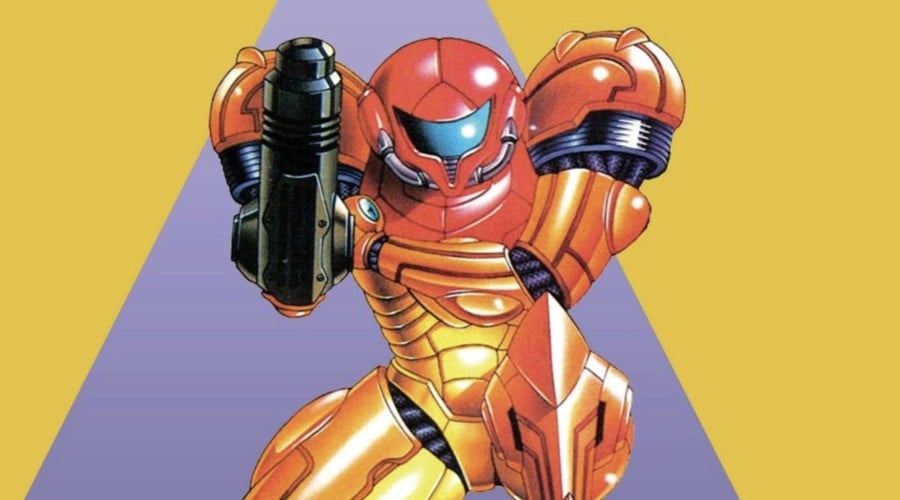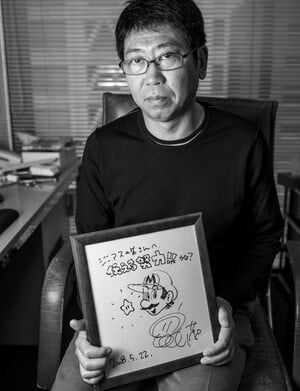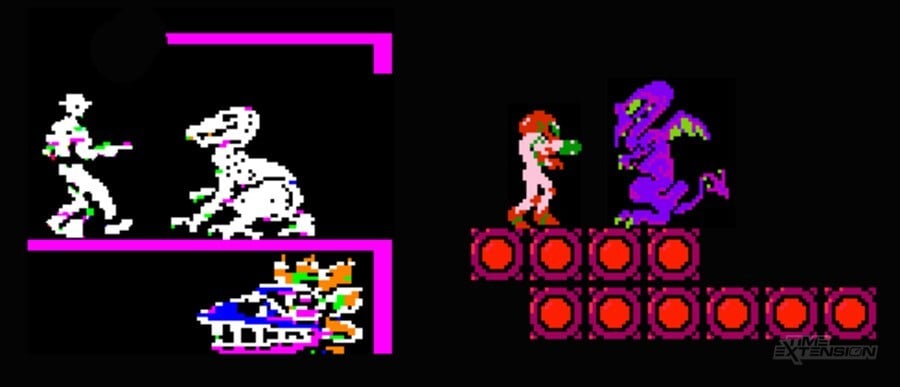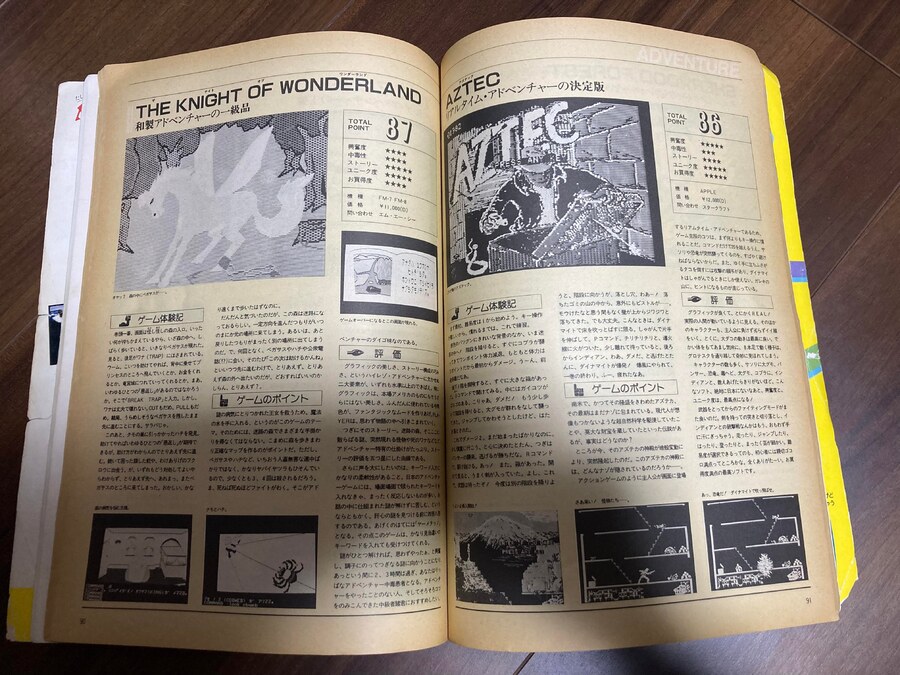
As part of our end-of-year celebrations, we're digging into the archives to pick out some of the best Time Extension content from the past year. You can check out our other republished content here. Enjoy!
It's kind of amazing just how influential the Apple II was in Japan. Whether it's Yuji Horii and Koichi Nakamura creating Dragon Quest after playing Wizardry and Ultima on the system, programmer Nasir Gebelli getting a job at Squaresoft due to his Apple II work and then creating Final Fantasy, or Nihon Falcom starting out selling Apple II computers, it's clear that Apple's computer had a significant impact on developers in the Land of the Rising Sun. These are all well-documented examples, but sometimes, the Apple II influence is a little more subtle – as in the case of Datamost's Aztec, released in 1982.
Enter Manabu Yamana: he began programming in 1983, made a licensed Rambo game in 1986, and then his first major claim to fame was being the lead programmer for Dragon Quest III at Chunsoft in 1988. He was a regular contributor to the RPG series, becoming director on Dragon Quest V and remaining involved until the 2001 Dragon Quest IV remake, after which he was director on various Pokémon games from 2003 onwards. That's quite a series of accomplishments!

In an interview for The Untold History of Japanese Game Developers, however, he describes the interim years between Rambo and Dragon Quest III and the projects he worked on for a forgotten company called ZAP:
Nothing was released. There was a game that died in development. It concerned an alien invasion, playing kind of like the game Aztec for Apple II. I made a chunk of the game but when we took it to ASCII to publish, they shot it down. And as a result of that, ZAP stopped paying me! <laughs> At the time, ZAP was reducing their focus on games and getting into making computer graphics boards for the PC-98. They had one that could do some really impressive 3D modelling. So the graphics boards were now their main business, and games were just a sub-business. The boards were never released though, either! So between the game getting cancelled and the company withholding my pay, I decided to look elsewhere for employment.
This cancelled sci-fi game, inspired by Aztec, led to Yamana joining Chunsoft and enjoying a prolific career that would see him drinking alongside Hiroshi Yamauchi and eventually running his own company. But that's a whole other story - the interesting mystery here is, in fact, his mentioning of the Apple II game Aztec.
Aztec was a western-developed game which was ported across multiple formats after its initial Apple II release, including on Atari 8-bit systems, Commodore 64, and on all three of the main 8-bit Japanese computers: PC-88, Sharp X1, and FM-7. It reached Japan in 1984 and was published by Comptiq. It also bears an alarming similarity to Nintendo's later-developed Metroid.
Even the back of the Japanese box feels somehow familiar...
Aztec plays so much like Metroid that serious questions start to be raised. Both are exploration action-platformers where players explore a subterranean maze, collecting items which allow further progress and weapons to dispatch bizarre enemies. Both games allow players to use bombs to blow up walls and the floor in order to reach new areas. In Aztec, you can crouch down and crawl, which is the only way to set bombs, and in Metroid you crouch into the morph ball, also the only way to set bombs.
Metroid's Ridley even looks uncannily similar to Aztec's dinosaur enemy, as shown below. Also, take a look at the map on VGMaps - it's more horizontally oriented than Metroid's vertical caverns, but you're getting a tingly sensation, right? It's not just us?

If Aztec had never reached Japan officially and had only been played via grey import like Wizardry originally was, all of these points could be brushed away as coincidence. Except it did reach Japan and would have been available in electronics and computer game retailers and shown in magazines for nearly two years before Metroid came out on the Famicom Disk System.
In fact, rather than just being an obscure western release, it sounds like it actually gained quite a few fans in Japan. Computer archivist and game developer Takayuki Komabayashi told us:
Aztec must be the best of action adventure at that time. The book, Pasocom Game Ranking Book, from 1983, gave 86 points to it. Japanese computer magazines introduced a lot of Apple II games, and Aztec was one of them.
He showed us images of the book, and sure enough, it had an entire page dedicated to it. Of particular note is that its score of 86 ranked it just three places below Ultima I, II which scored 89. This was even before the official conversion to domestic hardware, but it shows that undoubtedly the Japanese game-playing public was aware of it.

So if Manabu Yamana, the programmer on Japan's revolutionary Dragon Quest series, knew of and was directly influenced by Datamost's ambitious Apple II platform-adventure, then it's not unreasonable to ask if original Metroid director Satoru Okada and his team were, too? The Famicom launched in 1983; surely his team would have been aware of Aztec when it came out in Japan in 1984. Despite multiple interviews, no one has ever asked Okada about this.
Granted, we've selected the best images to compare, and there are several differences between the games, not to mention the innumerable innovations which Nintendo added to the formula. We're not accusing anyone of stealing ideas, it's more an academic curiosity about finding the earliest DNA that would eventually give us the Metroidvania genre. It's speculation, obviously, but it's fun to contemplate the overall cultural melting pot of the time – and who may have inspired who.
Although credited to Datamost, Aztec was in fact the work of just one man: Paul Stephenson. We'd love to speak with him about his phenomenal work. A lot of people would, in fact. Back in 2014, John Romero made a Facebook post asking if anyone knew where to find him:
Several posters on Romero's feed pointed out that people had been trying to find Paul Stephenson since the early to mid-'90s, linking to this post.
Romero also asked on Twitter:
A mysterious user called NJM replied, claiming that Paul Stephenson passed away in April 2001.
It's tricky to verify if this is true, but it seems like the mystery of Aztec's creation will have to remain. As for whether it influenced Metroid's creation at all, there are still members of the first Metroid's team who are with us. If not Satoru Okada, then maybe artist Yoshio Sakamoto or writer Makoto Kano. But we don't have long, they're all in their 60s or 70s by now.
Also, if Metroid is a sci-fi game that resembles Aztec, and Manabu Yamana created a sci-fi game inspired by Aztec... Then does that mean... Our imaginations froth over at the speculative possibilities!
Please note that some external links on this page are affiliate links, which means if you click them and make a purchase we may receive a small percentage of the sale. Please read our FTC Disclosure for more information.






Comments 3
Oh, I think the only time I heard of this was when watching one of my favorite streamers who loves playing bad retro games and remarked, playing this on either Apple II or Commodore 64 like "Isn't this the game with unreasonably complicated controls?"
Like, you don't just move your character with the directional input, but you need to push keys to tell them to start and stop walking?
I think metroid is different as you go back and forward to different planets, use elivator shafts, a really brilliant story and after all metroid is a japan based game so difficulty is a big thing in japan and metroid is difficult in some section also even if they copyed aztec they added massive amounts of different gameplay in alot of places like the different jumps or the morph. There's alot of stuff from aztec in metroid but there is lots of extra different gameplay in metroid. I supose some people could have had similar ideas. Still love metroid
Paul Stephenson was my physics professor in Louisiana back in the late 1980s/early 90s--in fact, he was my advisor for an independent study class about chaos physics. Great guy, fun and modest (the only reason we physics majors ever found out about his game career was another professor, bragging on his behalf). Very sorry to hear he passed so early. He was one of those people you never forget.
Show Comments
Leave A Comment
Hold on there, you need to login to post a comment...